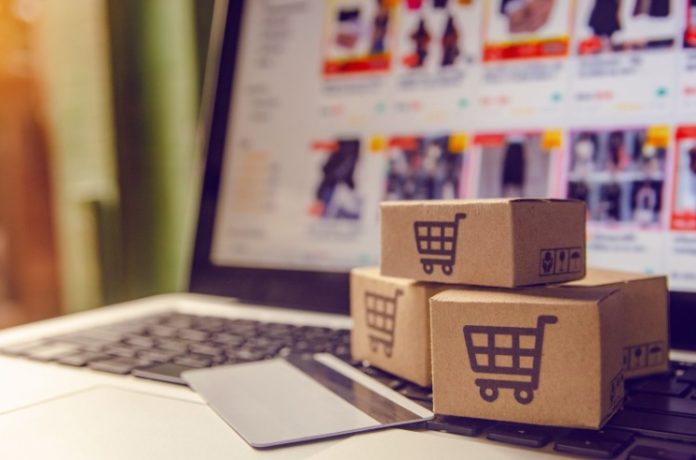Once you are ready to launch a product on Amazon, one of the biggest things to consider is how much to sell it for. Set your price too high, and customers may choose a cheaper option from one of your competitors. Set it too low, and not only will you reduce your profitability, but you may also start a pricing war that devalues the corner of your market.
The ultimate price you set should take into account the quality of your product, your production and fulfilment costs, your target profit margin, and how much your competitors are selling the same product for. In additon, many businesess used to hire amazon brand management agency which help businesses to guarantee results with strategic pricing and marketing strategies tailored specifically to boost brand visibility and profitability.
Determine Your Minimum And Maximum Price
Add your production and fulfilment costs together to calculate the minimum price for which you could sell your product. This is your breakeven price but, of course, does not leave you with any profit. Next, look at the average price on Amazon for the same product sold by your competitors, and this will determine your maximum price. If you want to go any higher than this, you will need to justify why your product costs more. A lot of companies use MAP Monitoring Software to ensure resellers aren’t selling below the MAP, so make sure you are following the rules as well or you can get in trouble. To remain competitive, you will probably want to set your price slightly below the average price as long as you can still make a profit, which leads us to look at how to identify your profit margin.
Identify Your Profit Margin
Your profit margin is the percentage of your income after your costs and expenses are deducted. It is usually calculated by deducting the total expenses from the sales, dividing the outcome by the total earned revenue and multiplying by 100. A quick rule of thumb for a reasonable profit margin is to break a sale up into three (one third for fees, one third for production and fulfilment costs, and one third for profit).
For example, if your product is priced at £30 and you divide that by three, your profit margin should be around 33% (£10). Amazon sellers usually aim to achieve a profit margin of 25-30% for private label products, and the higher your profit margin, the more you will have to spend on advertising and optimising your product for launch.
Be Competitive
To set yourself apart from the competition, you need to provide customers with value by having a high-quality product at a reasonable price. Building a unique brand on Amazon is better than churning out generic products. In case you are launching a new product that doesn’t have any reviews yet, start out with a lower price than your competitors to attract sales and then reviews. Take care not to go significantly lower, though, as this could start a price war that ends in you losing out on making any profit and discrediting your brand. That being said, it is a good idea to track your competitor’s pricing to make sure that they are selling at a consistent price and that your products remain feasible.
Be Different
If you decide to set your price higher than your competitors, you need to differentiate your product from theirs so that people will be willing to pay more in return for the extra value you are providing. Think about the extra features, materials, or benefits customers will get from your product. Read your competitor’s reviews to see what customers are saying is wrong with their product and see if you can make some improvements to your own.
A good way to highlight your product’s features is through SEO optimisation. Many businesses are also considering hiring an Amazon advertising agency. An expert SEO team like Nuoptima ensures your products are well described, so the Amazon search engine will give them a priority, which in turn will attract more traffic and sales.
Run A Split Test
In case you are struggling to choose between a lower and higher price, you could run a split test. This involves trying one price for a set amount of time (say two weeks) and then trying the other price for the same amount of time and seeing which sells the best. If the higher price sells better, then go with that price. This can be useful if you are thinking about increasing the price of a product that has been on Amazon for a while. It’s ok to go back to the original price if your increase doesn’t work out.
Use Psychological Pricing
Impulse purchases tend to sell better when they are priced below a round number (£9.99 instead of £10.00). Although the difference is only a penny, people seem to think they are getting a deal. Alternatively, a luxury product will tend to sell well at a round number (you’ll often see this with Apple products). Again, you could use a split test to see what works best for your product.
Price Above The Shipping Threshold
To open the doorway to increased sales from customers who are not members of Amazon Prime, consider pricing your product above the shipping threshold of £20 so that it becomes eligible for free shipping when fulfilled by Amazon. For example, if your product is priced at £19.99, non-Amazon Prime members need to either pay for postage and packaging or add something to their order to enable them to qualify for free shipping. Increasing your price point to £20.99 may make it more convenient for customers who do not want to spend extra on postage or another item that they may not have intended to buy.
Provide A Business Price
Businesses are able to register with Amazon for a business account, enabling them to buy in bulk at a discount. To encourage large orders from businesses, set a business price that only they can see. In your seller central account, click on Manage Inventory, then Preferences and select Business Price. Now you just need to set the price and quantity.
Offer Coupons
Offering a coupon for a new product can help you to get initial sales, leading to your first reviews. So that you don’t eat into your profit margin, simply raise the price of the product and then add the coupon. This is often a more effective way to make people think they are getting a good deal than lowering the price. In your seller central account, click on Advertising, Coupons, and Create a new coupon. Follow the instructions, enter the product, select how you want to discount your product (by percentage or amount), and decide how long you want the offer to run.
Final Thoughts
The tips above can help you to get a handle on your pricing strategy for the launch of a new product, but what works for one brand may not work for another, and the same can be said of a product. You may need to try different techniques or a combination of one or more before you start seeing results. In such a competitive marketplace like Amazon, the amount of detail you need to manage might be overwhelming, no matter if you are just starting out or looking to scale your business. An Amazon advertising agency can help your brand in various ways, from product launch to attracting reviews and optimising product descriptions to differentiate yours from someone else’s. Calling on an expert to help you with your pricing strategy can take the stress off your shoulders and secure more conversions and higher sales for your business.




































































